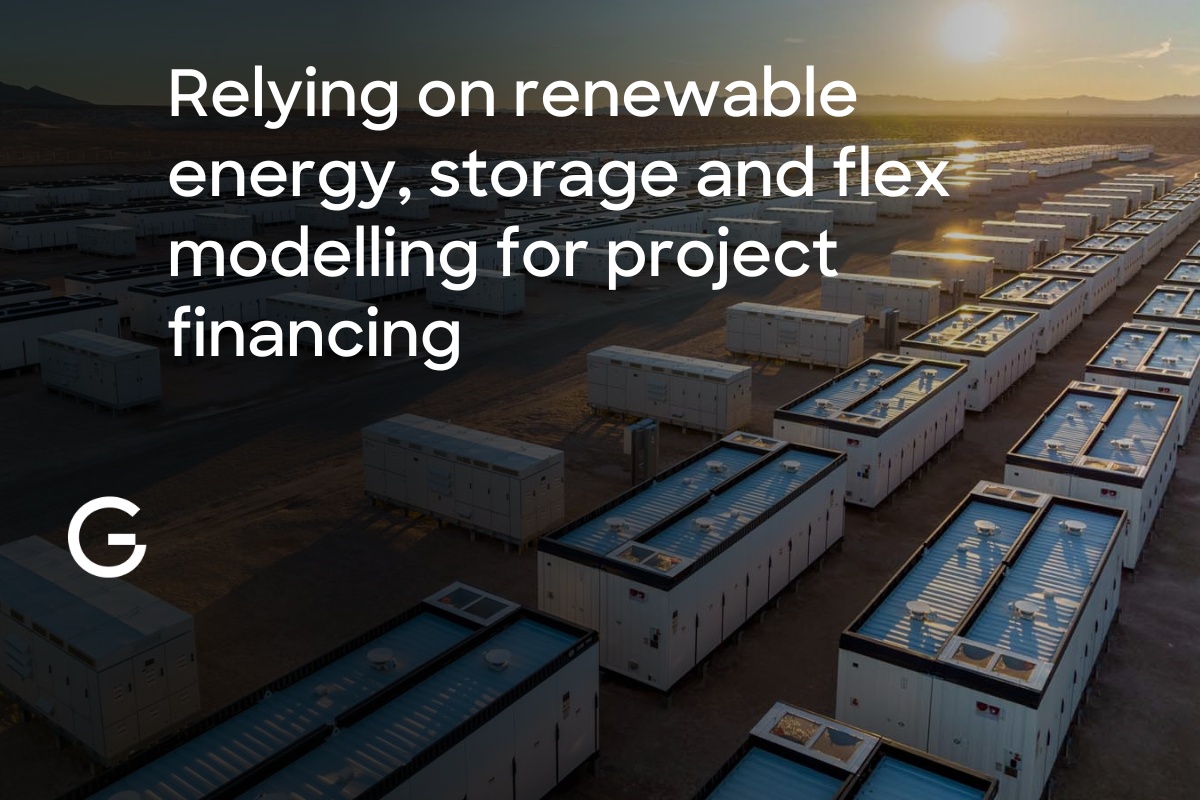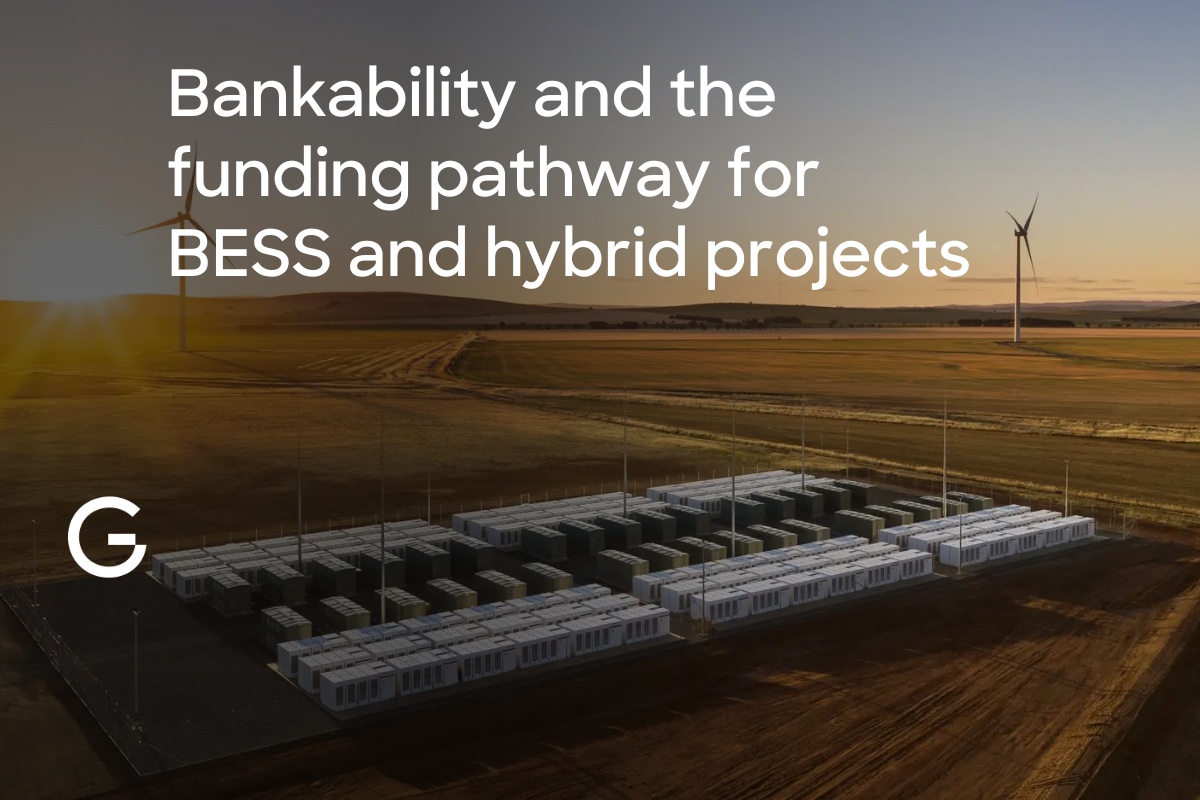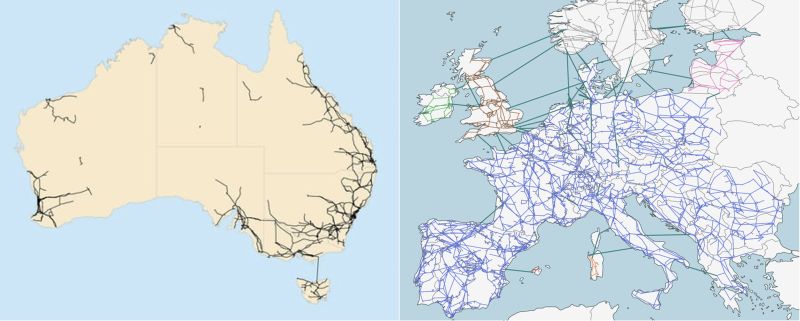Relying on Renewable Energy, Battery Storage and Flex Modelling for Project Financing

From bankability to reliance
In a previous article, I explained that bankable does not just mean accurate. Bankable refers to a lender’s requirement for independent cashflow forecasts provided by consultants who are trusted by lenders’ credit terms.
I also contrasted lenders’ conservative banking case requirements with developers’ need for flexible and powerful modelling through the whole project development lifecycle to optimise the project design and to maximise the project’s commercial outcomes, while still aligning with lenders requirements for certainty on debt service coverage.
However, project finance depends on more than bankable numbers. It depends on whether financing parties can rely on the analysis. Reliance turns technical work into a defined duty of care with clear scope, standards, and limits.
From concept to capital
Renewable energy, battery storage and flex projects typically progress through four main development stages, each with distinct project modelling needs:
- Concept and strategy: define project objectives and commercial strategy; assess and select jurisdiction/market to target; run initial optioneering on site selection, technology mix, asset sizing, and market participation pathways.
- Development and feasibility: secure site; assess yield; confirm grid connection strategy, and required TSO/DSO agreements and costs; obtain planning and environmental approvals; evaluate grid connection queue, grid constraints and likely levels of grid curtailment; estimate capex and opex; refine market participation plan.
- Engineering and commercial structuring: complete design; select equipment and warranties; set BESS size, C-rate and augmentation; define performance guarantees; run network and compliance studies; plan registration, dispatch, offtake, hedging, and O&M.
- Financing and transaction: complete due diligence, independent engineer review, and yield assessment; audit and rely on models; build financing case with sensitivities; test covenants, size reserves, finalise contracts, and meet conditions to close.
Reliance is delivered late, but the foundations are built early. A single transparent modelling approach from day one keeps assumptions consistent, makes results traceable, and cuts rework when the banking case is prepared.
Energy market advisors and reliance
Energy market advisors are independent consultants that support developers, investors and lenders. They typically offer a bundle of related services, including:
- Market insights and price forecasting. Outlooks on policy and regulatory factors that might influence project economics; and long-term energy, capacity and ancillary price forecasts, as we described in our article on bankability.
- Project simulation and asset valuation. Asset performance, dispatch behaviour, and revenue forecasting under different long-term price forecasting scenarios.
- Transaction advisory and diligence support. Preparing or reviewing the diligence materials that lenders and investors will stress test to support lending decisions.
The project simulation and asset valuation work they do is often enabled by unwieldy Excel or Python models that they build and maintain in-house, although many consultants also use high quality commercial tools like Gridcog or Plexos. One key advantage of tools like Gridcog, is they can be used through the whole project lifecycle.
Advisors can be engaged on a reliance or non-reliance basis.
Reliance is the formal mechanism that lets a non-client, such as a lender or investor, depend on the advisor’s work. The usual instrument is a reliance letter. It extends the advisor’s duty of care to named financing parties, converting an informal expectation of professional diligence into a contractual right, and sets out scope and limits.
Without a reliance letter, a financier might still try to claim in tort for negligence if the advice and data provided by the advisor was negligent in some way, but this is an uncertain and fact-dependent process. A reliance letter establishes a contractual duty with agreed boundaries, which is generally preferable because the parties can specify obligations, standards, and liabilities.
Reliance does not guarantee the accuracy of market price or project cashflow forecasts. It just signals that the work was prepared with due skill and care, using defensible methods within a clearly defined scope.
Transparency over black boxes
Projects integrating renewable energy generation, battery energy storage, and other forms of flexibility are strongly driven by interval-level grid and market dynamics.
This is different to traditional development of stand-alone wind and solar projects that were historically insulated from interval-level dynamics through government support schemes, corporate off-take agreements, and the system and market conditions of the past, which did not have the same levels of grid congestion and negative market pricing that we see today.
Market price exposure, asset degradation, weather-linked production, increasingly dynamic network limits, and multi-market dispatch all interact at the trading interval level. Too often the project modelling used to support project financing summarises revenue forecasts at the monthly level, hiding (or worse not accounting for) these interactions and dynamics.
Black-box approaches that conceal modelling assumptions, and time-series inputs and outputs make it hard for market advisors, independent engineers, development teams, and lenders’ credit teams to see and understand the details they are being asked to rely on.
Increasingly reliance will be linked to transparency, considering:
- Inputs. Clear data lineage for resource traces, prices, ancillary markets, constraints, technical parameters, warranties, and degradation.
- Methods. Traceable modelling steps that mirror market rules and dispatch mechanics.
- Outputs. Full interval-level time-series for grid import and exports, asset dispatch, state of charge, asset degradation, interval-level revenues, and reproducible and granular exports for lender stress tests.
- Reproducibility. Independent parties can rerun the case and obtain the comparable results from the same inputs.
I believe that the future of reliance is to separate project simulation and asset valuation from market forecasting and transaction advice.
The relied upon artefacts then becomes a transparent model of project behaviour and interval-level dynamics that others can examine, rerun and interrogate. Inputs, methods, and interval-level results are visible, so the scope of any reliance being provided is unambiguous.
Development teams, lenders, investors, and independent engineers can share and reuse the same relied upon model rather than commissioning parallel versions.
Version history, data lineage, and reproducible runs form an audit trail that strengthens reliance and simplifies model review. This reduces duplication, creates continuity from earlier stages of the project, and shortens diligence.
Getting reliance from modelling tools
Reliance is traditionally provided by professional services firms with appropriate professional indemnity insurance. But model tool providers, like Gridcog, can still provide reliance that meets lenders requirements for a contractual duty of care.
This can be done in collaboration with consulting partners who are using Gridcog to provide financing diligence or transaction advisory support, or by Gridcog directly through a limited services contract. We can directly provide a more narrowly-scoped reliance in relation to modelling inputs, modelling methods and modelling outputs, including assuring that Gridcog modelling outputs are properly reflected in the project financial model.
Conclusion
Every interval matters with flexible assets in today’s power markets.
Reliance is more valuable when the relied-upon artefact is a transparent simulation of granular interval-level project behaviour, with fully transparent inputs and assumptions, clearly documented and repeatable modeling methods, full time-series outputs, and which is fully accessible to credit teams and independent parties for auditing and detailed model review.
Separating project simulation and valuation from market forecasting and broader diligence and transaction support clarifies scope and improves outcomes for developers and lenders.
Gridcog’s approach is an example of this direction, with transparent, auditable simulations that support reliable project simulation and asset valuation from concept to close.







